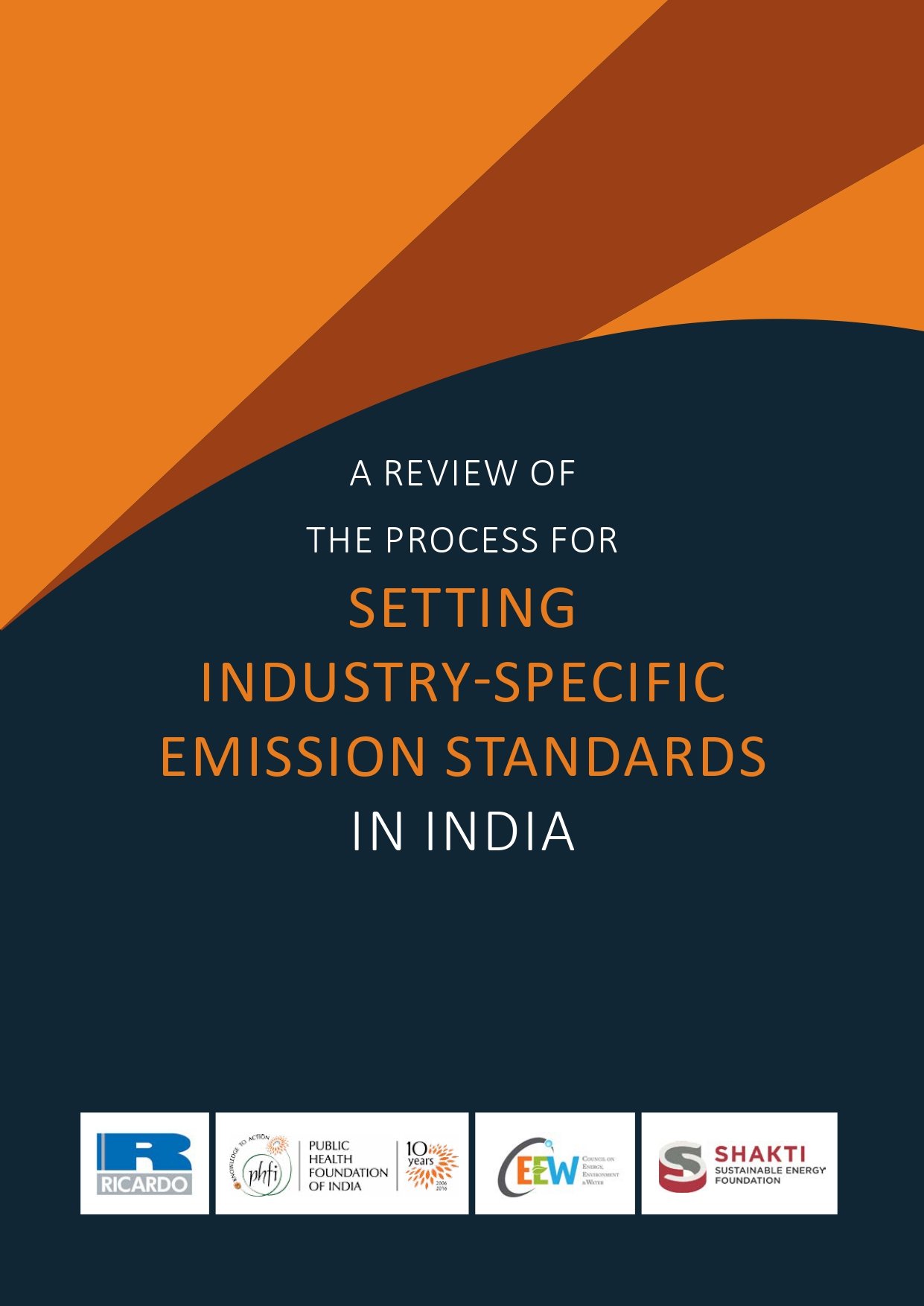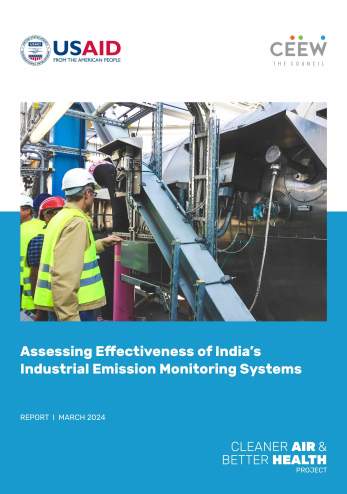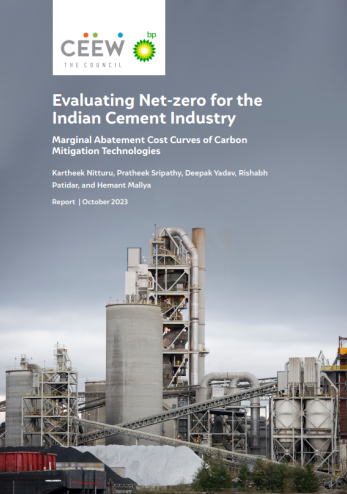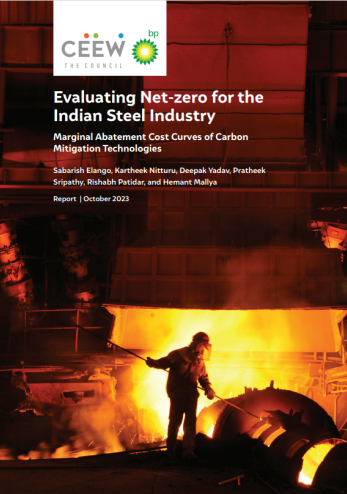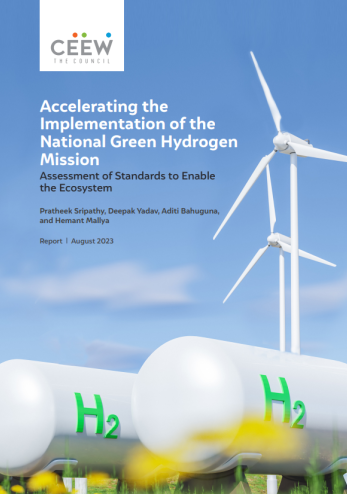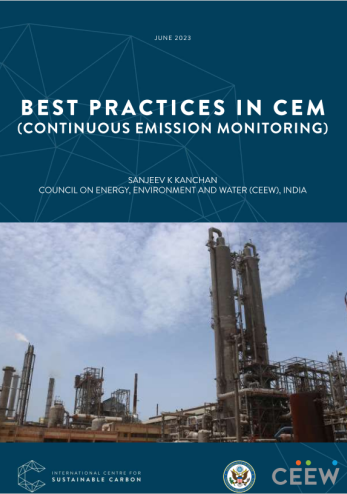Report
A Review of the Process for Setting Industry Specific Emission Standards in India
Ben Grobot, Adarsh Varma, Ashish Kulkarni, Robert Stewart, Shaun Brace, Tom Buckland, B Sengupta, Bhargav Krishna, and Hem H. Dholakia
September 2016 | Industrial Sustainability
Suggested citation: Grobot, Ben, Adarsh Varma, Ashish Kulkarni, Robert Stewart, Shaun Brace, Tom Buckland, B Sengupta, Bhargav Krishna, Hem H. Dholakia. 2016. A Review of the Process for Setting Industry Specific Emissions Standards in India. New Delhi: Shakti Sustainable Energy Foundation.
Overview
This study characterises the existing process for setting emission standards in India and assesses the degree to which this process is followed in practice. It reviews how techno-economic, environmental and social impacts are taken into consideration and assesses the level of communication, engagement, and transparency at each stage of the process. Further, it reviews three industrial sectors in greater detail and undertakes an assessment of, and comparison against, international practices and processes for emission standard development, including those applied in the European Union, China and USA.
Key Highlights
- The legal provision for the development of Emission Standards for industrial sectors is set out under the Air (Prevention and Control of Pollution) Act, 1981, and further built upon in the Environment (Protection) Act, 1986.
- The responsibility for overseeing the development and implementation of these standards is shared between the Ministry of Environment Forest and Climate Change (MoEFCC), Central Pollution Control Board (CPCB) and State Pollution Control Boards (SPCBs).
- The MoEFCC provides minimum national standards for emissions to air and water for over 100 industries/activities.
Flow diagram of the process for emission standard development in India
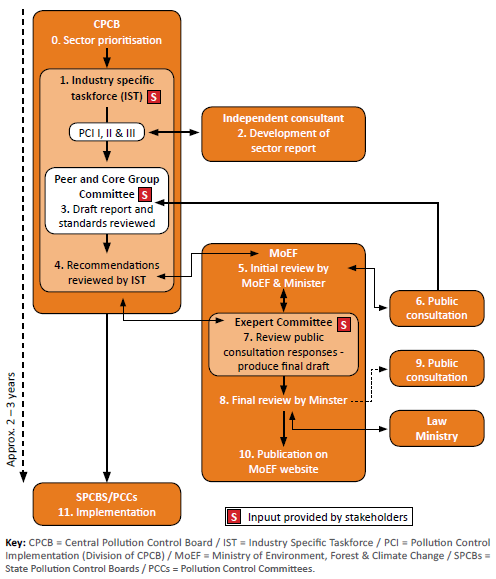
- Resources (skills and manpower) of some of the key institutions involved in the process are strained, and stakeholders have indicated that this is impacting the process for the development of the standards, and ultimately the standards themselves.
- The clarity of the process could be improved, as it is not clearly laid out in any single document. This makes it harder for stakeholders to understand the different stages and know how and when they can engage with the process.
- The evidence base for developing the standards appears to be quite variable between sectors. However, in many cases, it was not possible to access the background documents used to inform the standards being developed since they were not routinely made publicly available.
- Engagement with key stakeholders, including industry, SPCBs/PCCs, NGOs and the general public is one area where the process could be strengthened.
Key Recommendations
- Expand the technical resource pools within CPCB for the co-ordination of the process and SPCBs/PCCs to enable the development of tighter standards (and enforcement) where necessary.
- Upskill existing staff and knowledge sharing, including enhancing interactions between SPCBs to share knowledge.
- Transparently document the process and make all documentation available to the public.
- Ensure greater diversity of relevant committees, improved evidence base, and greater publicity for consultations.
- Define a clear and consistent structure for sector background documents and utilise information generated by other bodies internationally wherever relevant.
- Undertake specific impact analyses at the start of the process (and during the process as the standards evolve), and set out with appropriate guidance clearly.
- Key stakeholders (SPCBs/PCCs, in particular) should have a greater role in the development of standards, and in open engagement during the process and later in the implementation.
- Develop a range for each of the standards (lower – upper), reflecting potential variability in what emission reductions the sector could achieve — allowing for tighter standards to be applied in areas where national air quality standards are not being met.
- Enhance SPCB/PCC interactions to improve information exchange and support for finding solutions to common, shared challenges.
Resources (skills and manpower) of some of the key institutions involved in the process are strained, and stakeholders have indicated that this is impacting the process for the development of the standards, and ultimately the standards themselves.




